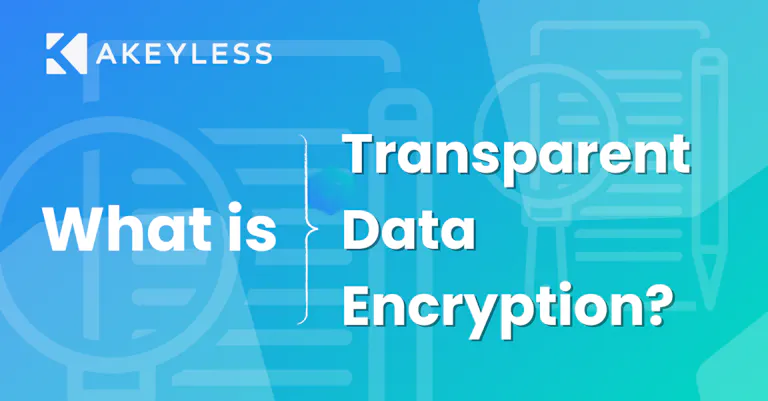Posted by Anne-Marie Avalon
April 9, 2024
Transparent Data Encryption (TDE) is an essential security feature for databases, designed to encrypt data at rest—meaning the actual database files on disk. It is widely implemented in database management systems by major vendors such as Microsoft, IBM, and Oracle. TDE works by encrypting the storage of the entire database or specific critical files without changing how applications access the data. This encryption process is seamless to end-users and applications, providing an effective layer of security against unauthorized access to the physical files.
How Does TDE Work?
The operation of TDE involves encrypting data using a symmetric key known as the Database Encryption Key (DEK), which is itself protected by a hierarchy of keys, culminating in a certificate stored in the master database or an asymmetric key protected by an Extensible Key Management (EKM) module. This structure ensures that even if physical media like backup tapes or hard drives are stolen, the data remains unreadable without the necessary encryption keys.
Key Management in TDE
Managing the keys used in TDE, including the DEK, is a critical aspect of the encryption process. Key management strategies can vary but often include using a master key to secure TDE certificates and individual keys for column, table, or database level encryption. A robust key management system ensures that keys are stored securely, can be rotated as needed, and are inaccessible to unauthorized users.
TDE in PostgreSQL
It’s important to note that the implementation of TDE can vary across different database systems. For example, PostgreSQL’s approach to TDE is primarily focused on column-level encryption using an extension called pgcrypto. This method encrypts specific columns within a table, providing a targeted encryption solution rather than a comprehensive database-level encryption.
TDE and the Akeyless Platform
Akeyless enhances database security by offering direct support for Transparent Data Encryption (TDE) through its Database and Disk Encryption functionalities. By leveraging its innovative Distributed Fragments Cryptography (DFC) technology, Akeyless not only ensures the secure management and protection of encryption keys but also provides a targeted solution for organizations looking to implement TDE. This approach simplifies the encryption process, reduces operational complexity, and ensures seamless integration with database infrastructures, positioning Akeyless as an essential tool for businesses seeking to enhance their data protection strategies with TDE.
Conclusion
Transparent Data Encryption is a critical component in safeguarding sensitive data stored within databases. By encrypting data at rest, TDE helps meet compliance requirements and protects against data breaches. When combined with the advanced key management and security features of the Akeyless Platform, organizations can achieve a new standard in data protection. To learn more about implementing TDE and how Akeyless can enhance your data security posture please visit our resource center to start for free today!















